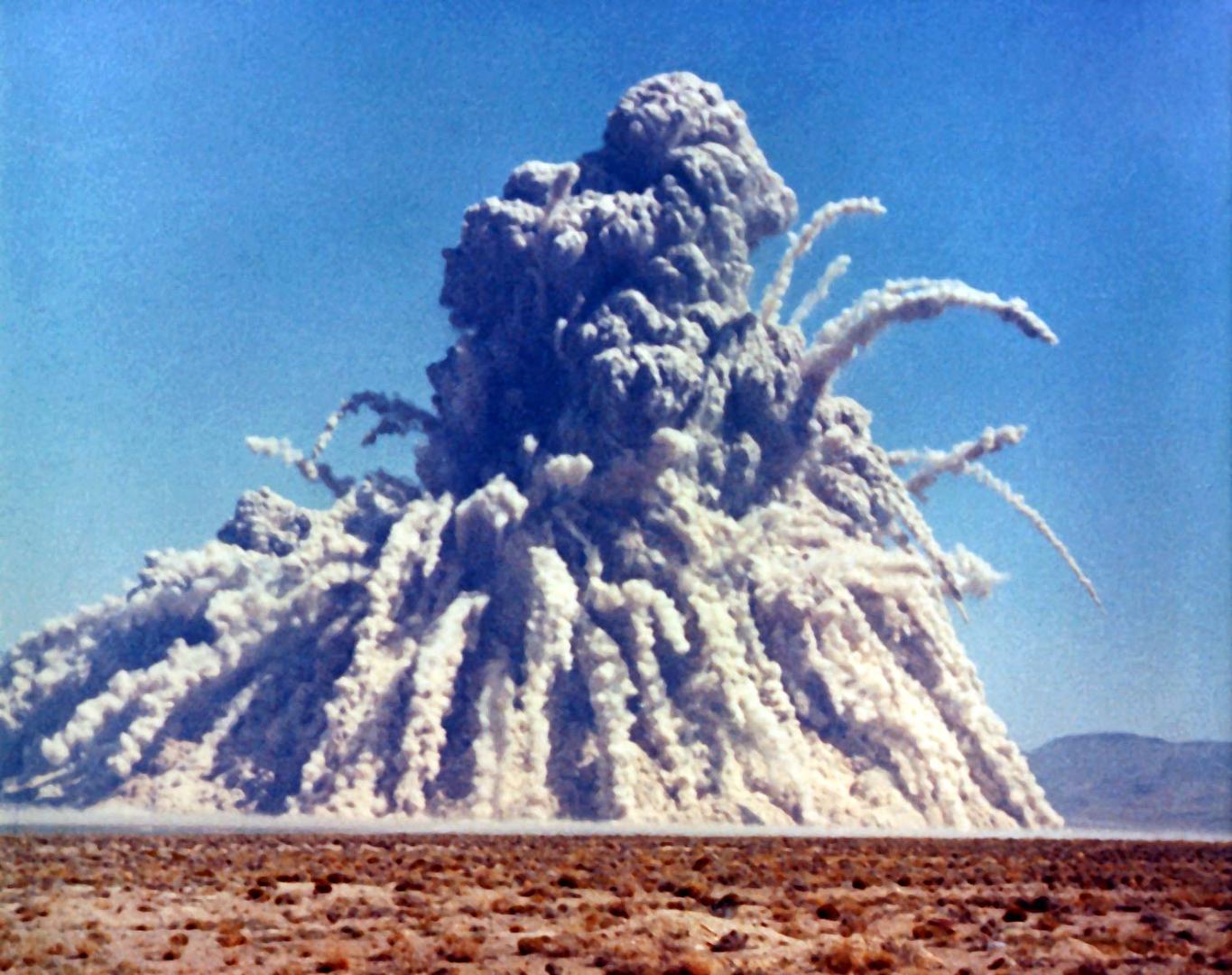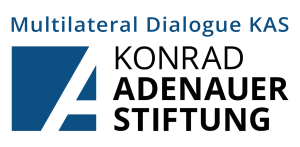The Anti-Ballistic Missile (ABM) treaty entered into force on 3 October 1972. The first proposal on limiting strategic missile defense had appeared in 1967, when the US suggested putting strict limitations on strategic ABM systems during a US-Soviet summit in New Jersey. However, the USSR rejected this initiative and countered it with a proposal to negotiate ABM defense together with strategic offensive arms, which the US accepted. At the same time, the US decided to start deploying a national ABM system. The constructive talks started in 1969 on two parallel tracks (ABM defensive systems and strategic nuclear offensive systems) and are known as Strategic Arms Limitation Talks (SALT I). The negotiations resulted in the conclusion of two SALT I treaties: an Interim Agreement limiting strategic offensive weapons and the ABM Treaty limiting strategic defensive systems.
Why It Matters
Anti ballistic missiles are a defence system designed to intercept an enemy’s intercontinental ballistic missiles (ICBMs). The ABM treaty set limits on their deployment - the US and USSR were permitted only two ABM deployment sites: one around their national capitals with no more than 100 ABM launchers and no more than 100 ABM interceptor missiles, and the other around ICBM silo launchers with no more than 100 ABM launchers and no more than 100 ABM interceptor missiles. The two sites had to be at least 1300 km away from each other. At the same time, these limitations did not apply to development and testing.
However, in the early 1980s the USSR was accused of violating the ABM treaty after it started constructing a radar in Yeniseysk (Krasnoyarsk region), allegedly after the US constructed early warning systems in Greenland and the UK. The US officially raised concerns over the Soviet radar only in July 1983. In March 1983, Reagan announced the Strategic Defense Initiative (SDI) – a research anti-ballistic missile programme that could render nuclear weapons obsolete by employing, among other weapons, space lasers (hence, the ‘Star Wars’ nickname). The Soviet Union and the United States entered Defense and Space Talks (DST) in 1985 as part of the Nuclear and Space Talks. In 1987, the US put forward a proposal to mitigate the tense situation: both states committed not to withdraw from the ABM treaty through 1994, contingent on the implementation of Strategic Arms Reduction Talks (START), and unless agreed otherwise, the US and USSR would be able to deploy defensive systems after 1994. The USSR acknowledged that the Krasnoyarsk radar was in violation of the ABM Treaty in 1989 and pledged to dismantle it.
Although the treaty lived beyond 1994, by the late 1990s it was becoming more and more evident that all the amendments proposed since the dissolution of the USSR would likely only keep the ABM Treaty in existence by name, and numerous Russian and American attempts to come to terms failed. In 1999, US President Bill Clinton suggested a modification to the treaty to allow the US to deploy a limited National Missile Defense against potential nuclear proliferators. US concern over rogue states grew significantly after the 11 September 2001 attacks. President George W. Bush formally announced US withdrawal from the treaty on 13 December 2001, effective on 14 June 2002.In response the Russian Federation announced it would no longer abide by the terms of START II.
Further materials:
https://nuke.fas.org/control/abmt/chron.htm
https://www.atomicheritage.org/history/strategic-defense-initiative-sdi
https://web.archive.org/web/20120315024323/http://iis-db.stanford.edu/pubs/20734/Podvig-S%26GS.pdf
https://www.jstor.org/stable/45083662





